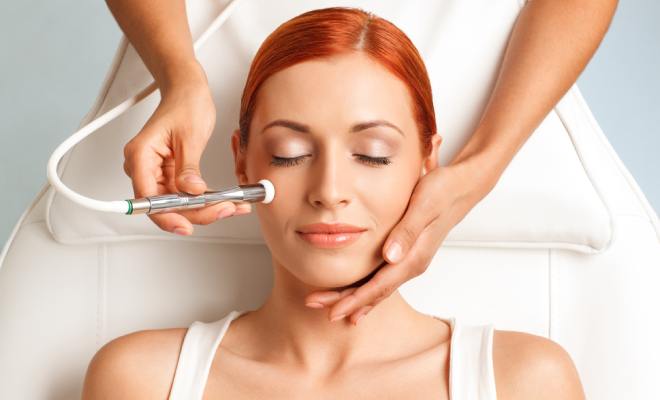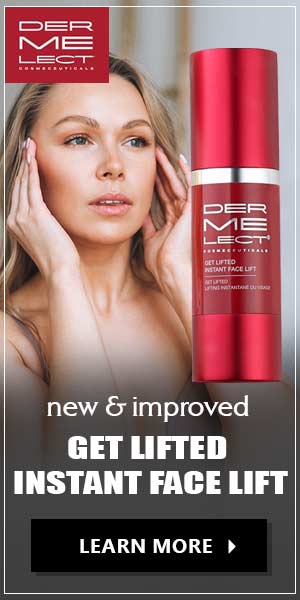Most of us may have heard of microdermabrasion and the wonders it can provide to heal and get rid of our skin problems and conditions.
However, as we explore this treatment, a lot of concerns and questions arise. So, scroll down for the answers to some of the most frequently asked questions about everything you need to know about microdermabrasion!
What Is Microdermabrasion?
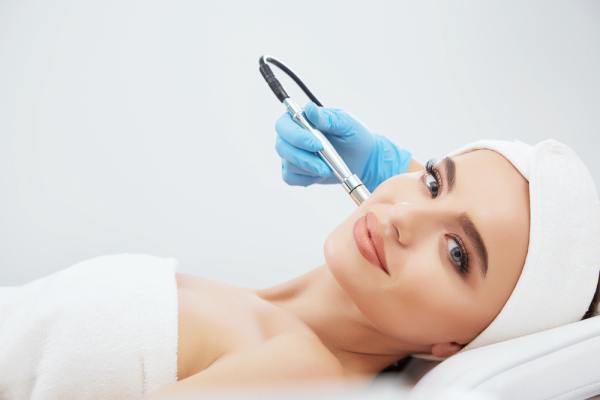
What Is Microdermabrasion? – Image/Shutterstock
Microdermabrasion is a non-invasive, non-chemical dermatological procedure that uses microcrystals to remove the outermost layer of dead and dry skin cells to reveal a fairer, more even-toned, healthier skin underneath.
It also encourages the production of the proteins collagen and elastin that keep the skin young-looking and smooth.
Microdermabrasion is a gentler procedure than dermabrasion which targets deeper scars, sun damage, and wrinkles.
How To Get Rid Of Acne Scars Using It?
Microdermabrasion can reduce the appearance of acne scars by retexturizing the skin and hastening the healing process.
Retexturizing means smoothing the surface and edges of the scars to lighten the surrounding area where hyperpigmentation is present.
Usually, this takes several sessions to completely get rid of stubborn dark scars.
Will It Improve Your Skin?
Yes. Microdermabrasion can significantly improve your skin’s complexion, tone, texture, and elasticity by stimulating a faster skin cell turnover rate.
It also buffs and polishes the skin, removing dead skin cells and impurities.
Before And After Results.
The following are some before and after pictures that show the reduction of acne, acne scars, pigmentation, stretch marks, or wrinkles.


Microdermabrasion Before After Results – Image/pinimg
Microdermabrasion Treatment Cost:
Depending on factors such as the number of treatments, the patient’s needs, the area of the skin to be treated, the geographic region, or the service fees of the dermatologist, physician, or technician, the costs of microdermabrasion can vary greatly.
Although it is less expensive than most other cosmetic options such as dermabrasion or surgical facelifts, it is still somehow expensive.
On average, treatment costs may range between $75 to $200 per session.
Usually, several sessions are recommended for best results.
You should also consider some hidden costs such as those used to pay special creams and gels that are needed before and after the treatment.
Benefits Of Microdermabrasion:
Microdermabrasion has numerous benefits including:
- Anti-Aging:
It can help reduce the appearance of aging signs such as wrinkles, age spots, sun damage, fine lines, and uneven skin texture.
It does so by stimulating collagen production to restore the skin’s elasticity.
It also provides and retains moisture to help ease dry and damaged skin.
This results in a plumper, smoother, younger-looking complexion.
- Improved Pores:
The suction power in combination with deep exfoliation unclogs the pores and reduces their size over time.
It can also reduce sagging skin. Tightened pores and skin resulting in a smoother skin for makeup application and a smooth skin texture.
- Shorter Recovery Time:
One of the main benefits of microdermabrasion is its convenience because each session only takes under an hour and the time required for recovery is less than 24 hours.
- Non-invasive:
Microdermabrasion is also non-invasive, meaning, it does not involve outpatient procedures or any injections making it virtually painless, quick, and effective.
- Skin Tone Improvement:
Microdermabrasion can also help reduce or fade acne scars, sun spots, and brown spots over time.
Regular treatments also transform chronically dry, dull spots on the skin into a brighter, healthier, younger complexion.
- Reduce Oiliness:
Microdermabrasion helps reduce oil production by sucking out oil and dirt from the pores, preventing excess sebum production, and reducing your pore size.
- Suitable for Most Skin Types:
Microdermabrasion is also appropriate for the healing and improvement of most skin conditions and types.
- Low Cost and Practical:
This procedure is one of the most commonly preferred treatments due to its relatively low cost and practicality.
It is very convenient because the procedure and recovery take almost no time at all.
It is also proven to be effective in providing clearer, smoother, more youthful skin.
- Other Benefits:
By sloughing off the dull, dead skin layers and increasing collagen production, microdermabrasion patients see dramatic improvements in the color, texture, and tone of the affected areas.
Microdermabrasion Side Effects:

Microdermabrasion Side Effects – Image/Shutterstock
Some of the common side effects of microdermabrasion are redness, tightness, swelling, and mild tenderness immediately after a procedure.
However, these normally go away within 24 hours.
On rare occasions, microdermabrasion can also trigger acne breakouts in people with problematic, acne-prone or congested skin.
This is also a temporary reaction and only means that the treatment is taking effect, eliciting a healing crisis.
This will eventually subside and reveal greater skin improvements.
Uneven lightening of the skin may also occur in people who have darker skin tones.
Minor bruising, flaking, and dryness are also some of the rarer side effects of the suction process.
In this case, your dermatologist can prescribe the right moisturizer.
Is Microdermabrasion Safe?
Microdermabrasion has been approved by the US FDA in 1996 and is safe as long as it is performed by a certified skin care professional or dermatologist.
If in doubt, you can always consult your doctor or dermatologist about the risks depending on personal factors like your medical history or overall health.
Is Microdermabrasion Good For Acne?
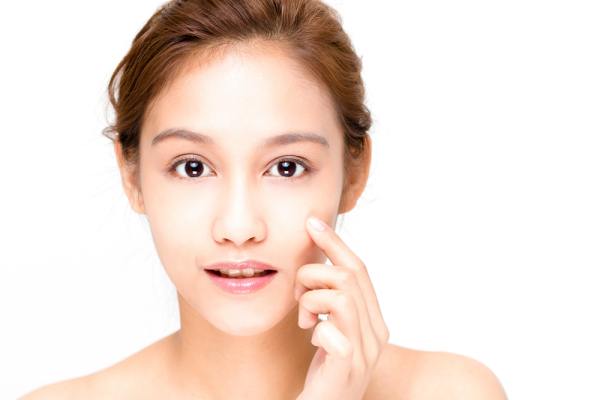
Is Microdermabrasion Good For Acne – Image/Shutterstock
Microdermabrasion can be administered for acne treatment and reduction of acne scars.
It can also help in future acne prevention in the long run.
Microdermabrasion also helps serve as an active acne cure by exfoliating the skin and clearing clogged pores of dirt and oil.
However, the polishing action using crystals can also aggravate acne so it’s better to consult a dermatologist or cosmetic surgeon for advice on how to determine whether or not your acne can be treated or reduced by microdermabrasion.
How many Treatments do I Need?
Usually, your doctor will give you a rough estimate of the number of treatments needed to give you your desired results.
However, most dermatologists recommend about 6 to 10 or 5 to 12 sessions that are at least two weeks apart to allow the skin to heal in between.
How It Work?

How Microdermabrasion Works? – Image/Shutterstock
During a microdermabrasion treatment session, the technician, dermatologist, or clinician targets a stream of micro (very small) aluminum oxide[1] crystals through a handpiece instrument against your skin.
These crystals exfoliate the skin while a mild vacuum suction is generated by the system to suck removed skin cells, debris, and crystals.
Microdermabrasion stimulates the skin’s natural healing ability to produce healthier and thicker skin layers with high elastin and collagen levels.
This improves the overall skin appearance for a vibrant, healthy glow.
What Ages are Appropriate for Microdermabrasion?
There are no specific age restrictions, but usually, microdermabrasion patients range from children older than 12 years old to adults of up to 65 years old.
There is also no maximum age but the mature skin of patients who are 70 years or more are at higher risk of abrasions and bruising.
Children younger than 12, on the other hand, receive treatments under the care and close supervision of a plastic surgeon or dermatologist.
Microdermabrasion Facts:

Microdermabrasion Facts – Image/Shutterstock
- It is a simple, quick, and painless procedure.
- It requires no downtime and minimal recovery time.
- Done right, it poses minimal risk.
- It helps exfoliate the skin gently through mild abrasion and suction.
- It uses fine crystals or diamond tips to remove dead skin cells from the skin’s outermost layer.
- It requires no injections or anesthesia.
- It helps improve skin quality and appearance by reducing sun damage, acne scars, fine lines, wrinkles, and deep, dark, marks.
- It can make the skin visibly smoother and better.
- It allows the skin to make the most and absorb other products better.
- It is relatively affordable.
- Optimum results can be achieved through several treatments 2 to 3 weeks apart.
- It is different from a laser treatment.
- Some microdermabrasion home kits, machines, and creams are currently available.
Who Should Consider Microdermabrasion?
Ideal candidates for dermabrasion are healthy adults suffering from minor to moderate skin conditions or imperfections.
They should also understand the limitations of the procedure.
Microdermabrasion is not recommended for people who:
- Are pregnant.
- Are suffering from severe rosacea or active acne.
- Have active keloids, deep scars, herpes outbreak, facial warts, undiagnosed skin lesions, unstable diabetes, or an autoimmune disorder.
- Recently underwent a chemical peel, collagen injection, or other skin procedures less than three weeks prior.
- Are considering getting a tanning or waxing job soon after treatment.
People who have facial creases, deep scars, and moderate to severe skin problems are also advised to opt for stronger treatments like laser skin resurfacing, dermabrasion, or chemical peels.
Does Microdermabrasion help with Acne Scars?
Microdermabrasion treatments can help greatly reduce or eliminate the appearance of light acne scars.
However, the best results may not be achieved for deeper scars like ice pick scars or pockmarks.
It can smooth out the edges and surface of scars that are relatively new. Scar revisions are performed for scars eight weeks and older.
A monthly maintenance treatment is suggested once desired results are attained.
Usually, a significant improvement in scarring is noticed after three to four months.
Are There Any Risks Involved?
Although there are still possible risks, most of them are associated with improper performance of the procedure, inappropriate application of tools, or unsterile conditions.
Such risks include:
- Infections due to improperly prepared and sanitized tools.
- Skin perforations due to the use of a too-high intensity.
- Irritation of the eyes upon contact with crystals.
- Mild skin irritation.
However, if these risks scares you then trying best wrinkle creams on the market can be a painless solution to you.
Seeing a qualified and certified technician or dermatologist will greatly reduce the risks.
Also, your experience may depend on your specific medical history, skin condition, and overall health.
How Much Time Does Microdermabrasion Require?
A typical session is quick and lasts for only about 30 to 60 minutes for the face.
A slightly longer time may be needed for the neck and other body parts.
Because of this, microdermabrasion is often referred to as a lunchtime procedure.
As for recovery, no downtime is needed, and any redness or inflammation recedes after 24 hours.
What Should I Expect After Treatment?
Immediately after a session, your skin may feel tender and appear reddish or pinkish for a few hours.
Then, you can expect to see immediate results depending on the severity of your skin condition or concern and the number of sessions you have already undergone.
You will likely be receiving a schedule of recommended periodic maintenance treatments.
Because it requires little to no downtime, you may resume work or do your usual activities right after a microdermabrasion procedure.
To help with healing and avoid most problems, here’s what you should do after a microdermabrasion treatment:
- Make sure to stay hydrated and use gentle skincare products to avoid irritation.
- Avoid applying topical acne medications for at least one day after a session.
- Protect your skin with sunscreen at all times, even when it is cloudy as it is more sensitive to sun damage for the first few weeks. Choose an SPF 30 non-chemical sunscreen and paired it with mineral makeup.
- Cleanse your face or other areas of treated skin with pure water immediately after treatment to remove any crystal or skin cell residues.
- Moisturize religiously both day and night for at least one week to lessen tightness and peeling.
- Avoid the sun for at least a week.
What Home Remedies Can Produce Results Like Microdermabrasion?
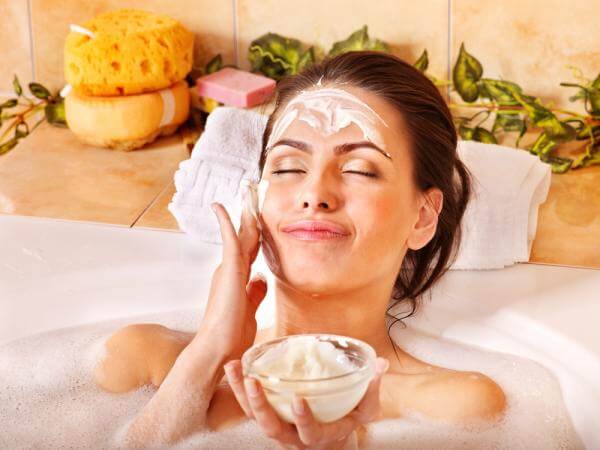
Home Remedies that Produce Results Like Microdermabrasion – Image/Shutterstock
Related: 5 Unknown Facts Everyone Should Know About Skin Discoloration
There are now available microdermabrasion kits that you can use to do the procedure on yourself at home. There are also microdermabrasion cloths.
If you don’t have access to these, you can also try masks or a Microdermabrasion face scrub.
Like this post? There’s more. Get tons of beauty tips, tutorials, and news on the thebeautyinsiders Facebook Twitter page. Like us on Facebook – we’ll see you there!
FAQ’s:
Que: Is microdermabrasion good for your face?
Ans: Microdermabrasion is safe and effective for all skin types. The exfoliating crystals are very fine and won’t cause damage to your skin.
Que: How long do microdermabrasion results last?
Ans: The results from this exfoliating treatment can last for about one month at a time, or sometimes longer.
Que: How will my skin look after microdermabrasion?
Ans: After microdermabrasion, your skin will be pink and feel dry and tight for about 24 hours. Use moisturizer and broad-spectrum sunscreen.
 By Wendy Gould
By Wendy Gould
